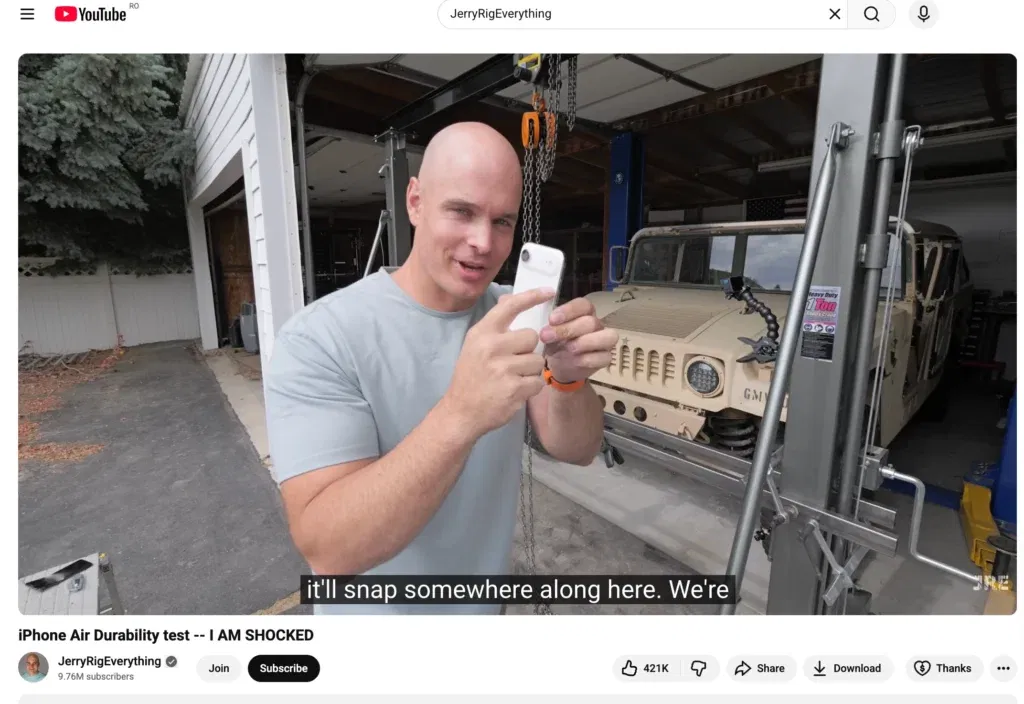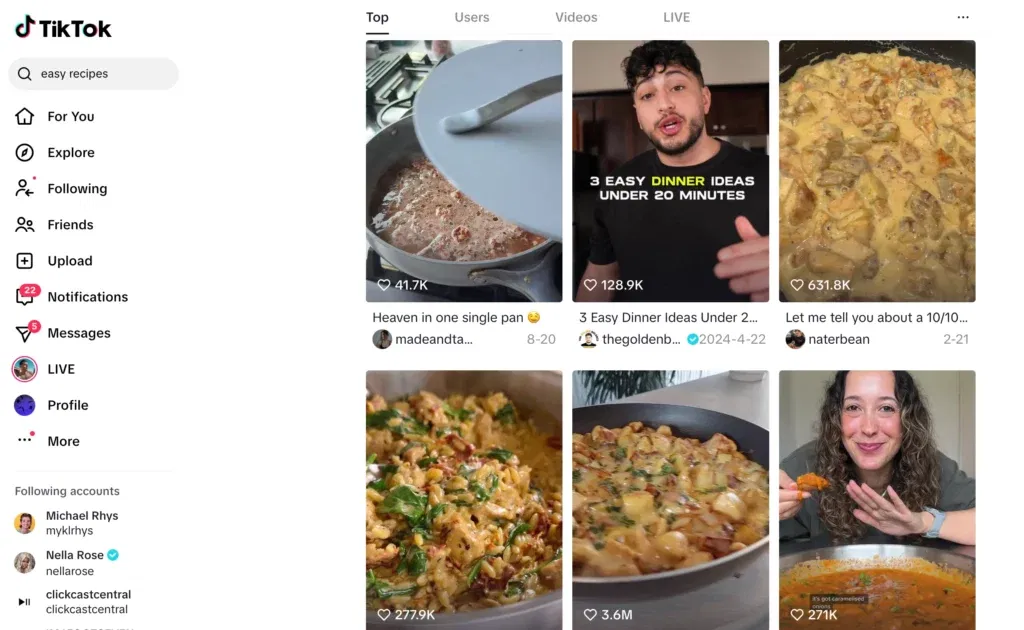Table of Contents
Key Points
- Influencer marketing requires a lot of careful audience management.
- Demographic information like age, gender, income, location, and spending habits can help you target your campaigns better.
- Using DMPs and CDPs can help you gather all the data you need.
I find that many brands looking to utilize influencer marketing struggle while trying to manage the audience they’re trying to reach. They have to run orchestrated campaigns that don’t deplete their resources, but doing so is difficult without proper data sourcing and organization.
Well, gathering customer data (and making the most of it) is what audience management is all about. Through this, you can create cross-channel campaigns that follow a solid marketing strategy, serving the audience you’re targeting and reaching the milestones you set out to.
Here, I’ll simplify what audience journey management means for your business and give you some tips and strategies that work with almost all influencer marketing campaigns.
Understanding Audience Management
Audience management is a fancy way of saying you need to source audience data for the business you’re running, then break it down, analyze it, and glean from it what you need to run a successful marketing campaign.
This process requires utilizing data management platforms like ShareASale (SAS) Datafeeds, Adobe Audience Manager, Nielsen DMP, or other platforms. Aside from making your cross-channel activation easier, it also helps you prioritize who to aim for when you’re pursuing new audiences.
When this is done correctly, you can expect to reduce operational costs and elevate campaign outcomes simply because you’re putting the right message in front of the right audience.
Tips for Audience Management in Influencer Marketing
The following tips can help improve the outcomes of your next influencer marketing campaign and boost operational efficiencies.
Tip 1: Know the Audience You Want to Reach

Your audience is the demographic that’s bound to respond the most to your marketing efforts. Having a clear idea about the age, gender, location, income, and common interests of your audience opens up doors to:
- Pick the right influencer for your campaign: Pinning down the niche and knowing whether your ideal audience engages more with a micro-influencer or listens to a mega-celebrity shows you where you should focus your efforts and investment.
- Choose the right channel to reach your audience: It’s no secret that different demographics gravitate towards a communication platform of their own. Knowing this allows you to, for example, direct your attention to TikTok for Gen Z, Instagram for Millenials, and email outreach for older professionals. Mix and match these channels for a comprehensive campaign, but keep your aim sharp.
- Meet your audience at the right moment: Targeting your audience when they’re most likely to see and engage with your campaign content is crucial for achieving the results you want.
Tip 2: Gather Audience Data and Prioritize It
Being an efficient audience manager requires knowing which data to prioritize. It can get overwhelming trying to make sense of the various parameters when you’re choosing the right channel to reach your audience.
One thing that always works is investing in a good Customer Data Platform (CDP). It will help you gather the most important info from different data sources, like your social media pages, business websites, and email campaigns.
The focus should be on the most unifying factors among the audience that interacts with your product/service and which new audience you intend to market to.
Once you have all the data you need, you can start on the next step.
Tip 3: Make Your Message Clear and Coordinated
Relying on community marketing (influencer and affiliate) has the benefit of growing your brand in a “natural” way. However, I see many easily avoidable mistakes when managing influencer marketing campaigns. They include:
Hiring the Wrong Influencer
A recent social media marketing flub for the musical drama “The Color Purple” involved Warner Bros. hiring a Caucasian beauty influencer to promote the movie.
The issue was that she obviously didn’t watch it (or even read the plot!) before making a chipper TikTok short calling the multi-layered movie discussing race and sexuality a “heartwarming story.”
This inspired a wave of controversy and criticism, which didn’t help the movie’s performance at the box office.
Using the Wrong Tone
Just like in the above-mentioned example, sometimes, the influencer you hire doesn’t have the right tone to address the concerns of your audience. Being aware and respectful of the audience you’re trying to reach can make your campaign more impactful.
Pulling the Plug Too Fast
Campaigns aren’t created equal, especially those operating at a grassroots level without a huge budget. While I don’t recommend hemorrhaging money on obviously failed campaigns, I believe that sometimes, you have to let things take their time before looking for results.
As you avoid the previous mistakes, you’ll also want to have a clear, unified message to present to anyone joining your campaign. While it pays to speak to your audience in their “tongue,” your brand or business should also have an identity of its own.
Tip 4: Optimize the Campaigns As You Go

Course correction isn’t anything to be hesitant about. If you notice the campaign you’re putting out isn’t hitting its target demographic, figure out ways to get back on track. You can do this through:
- Monitoring Metrics: When you keep an eye on CTR (click-through rate), conversions, and ROI (return on investment), you have a better chance of boosting campaigns if they pay off.
- Using Attribution Modeling: You can identify the right platforms to funnel funding to when you figure out where your conversions are taking place.
- Conducting A/B tests: Each audience responds to different messaging, and A/B testing allows you to pinpoint what to use.
- Keeping Your Influencers on Standby: It’s not uncommon to find an issue with a campaign after rollout. Keep an open communication line with your collaborators and discuss how to proceed from there.
If you see that a certain campaign isn’t working out at all, you can choose to cut funding or roll back the campaign completely. That said, unless it’s a complete disaster, it pays to wait and see things through.
Tip 5: Stick to Privacy Regulations
Customers don’t like their private information leaked, mishandled, or stolen by third parties.
While you’re sourcing and activating customer data for your next campaign, it’s crucial to abide by any and all privacy regulations, like the General Data Protection Regulation (GDPR) in the European Union or the California Consumer Privacy Act (CCPA).
It’s also mandatory to disclose any and all data collection strategies you implement and allow the customer to choose whether or not to participate.
Keeping your website well-maintained and updating all security certificates is also a best practice whenever you source data from your audience.
Bottomline
Whenever you’re starting a new influencer marketing campaign, you have to keep your audience definitions updated, hire the right person to talk to your target demographic, and avoid the common pitfalls of being tone-deaf or not caring about your customers’ data security.
If you’re ready to talk about your next influencer marketing campaign, schedule a call with me, and we can discuss the right steps for your business. For more information about Vivian Agency, contact us here.




